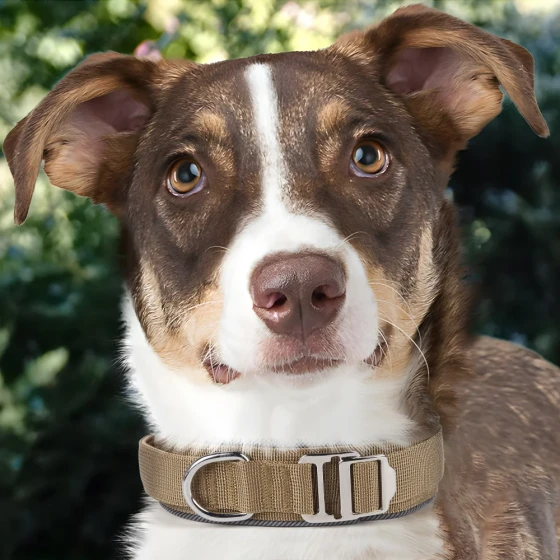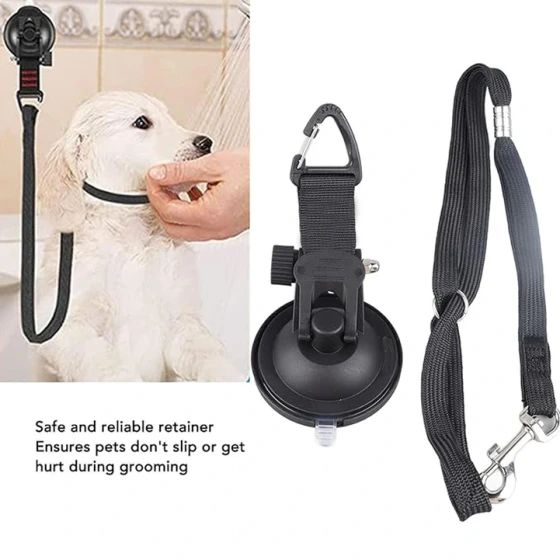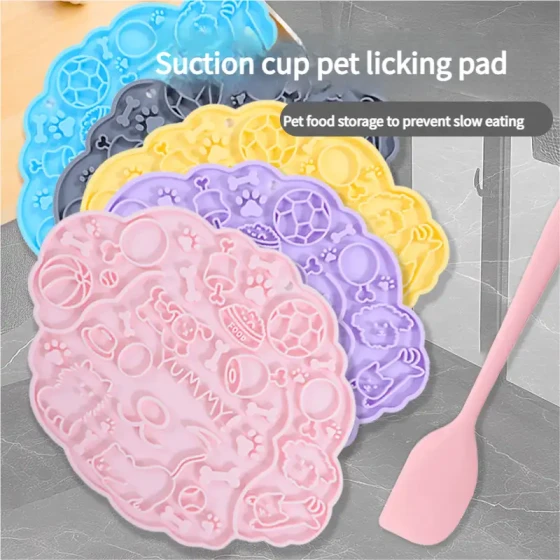How to Care for Dogs with CHD

Russian Wolfhound (Detailed Introduction)
The degree of hip dysplasia in dogs varies, which affects them differently. Naturally, the care for the dog should be correspondingly differentiated. Some owners like to decide the care method for their dog based on subjective assumptions, which is incorrect. It's best to follow medical advice for appropriate care.
Generally speaking, the health care principles for CHD are as follows:
1. Strictly control body weight to avoid excessive weight that increases joint load. The standard weight is measured by easily feeling the ribs and iliac wings;
2. Limit the affected dog's movements to avoid running, jumping, and other intense exercises;
3. Avoid running, lying down, or climbing stairs on hard surfaces;
4. Place comfortable and warm soft mats where the dog lies or sleeps. Use high-friction flooring (recommended "non-slip mats") in the activity area to help the dog get up and move easily;
5. Maintain moderate activity to keep muscles strong and joints lubricated, such as short walks. Swimming is a good exercise;
6. Once CHD is diagnosed, do not give the dog calcium supplements anymore;
7. Moderate massage.
Dogs with mild CHD symptoms only need strict weight control and avoid intense exercise. For moderate symptoms, in addition to adhering to the above health care principles, doctors may prescribe pain relievers or anti-inflammatory medication depending on pain or inflammation.


